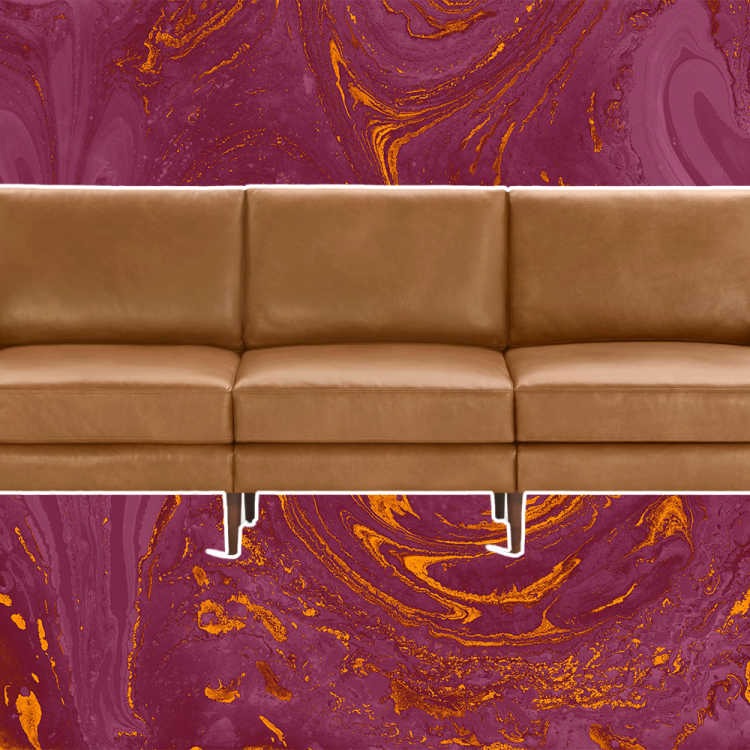Among the mid-century architectural trends, Brutalism is perhaps the most recognizable. The movement is characterized by its mammoth concrete buildings marked with repeated modular elements (see video above). Brutalism is also the arguably the most polarizing of all architectural movements. Typically reserved for institutional buildings and infrastructure, the style rarely receives praise. In fact, many abhor Brutalism, hating how it sticks out among the varied architectural influences in the American and European cities it calls home.
However, one scholar argues for its beauty. Barnabas Calder, author of Raw Concrete: The Beauty of Brutalism, says:
“The exceptional brilliance of 1960s architecture comes partly from technical improvements. In its versatility and strength, reinforced concrete was vastly superior to any earlier building technology, freeing architects to make the shapes they judged most useful and beautiful. It killed off the millennia-long design tyranny of the load-bearing facade – a structurally necessary vertical plane that left architects little more to decide on than where to put the windows and how to decorate them. With concrete, the load could be carried on a few columns, and decks of accommodation could float where the designer and client wanted them, not where gravity insisted they be placed. There could be more outdoor space, more light, external pedestrian routes at any height, or luxuriantly planted terraces halfway up buildings. With newer, better heating options than open fireplaces, windows could be bigger, and rooms could reach sizes that would in earlier centuries have been unendurably drafty. Architects of the 1960s had a vastly richer palette with which to paint.”
Read Calder’s full argument here. Watch a video feature on one of London’s finest example of Brutalist architecture, the Barbican, below.
This article was featured in the InsideHook newsletter. Sign up now.























